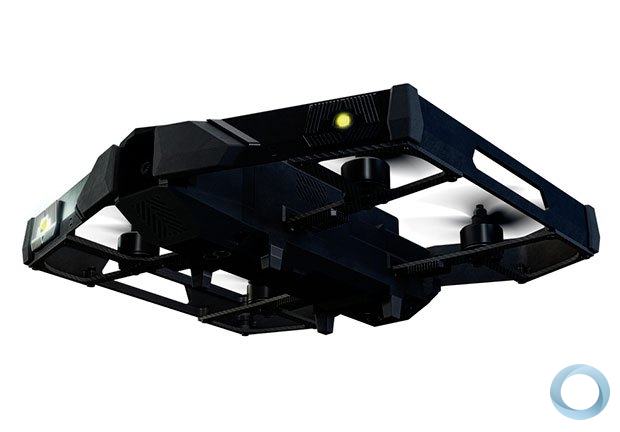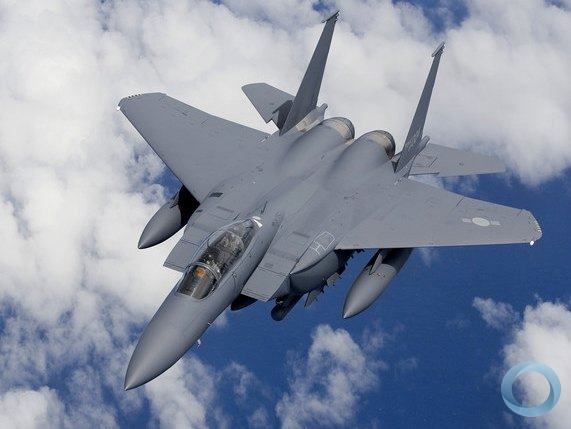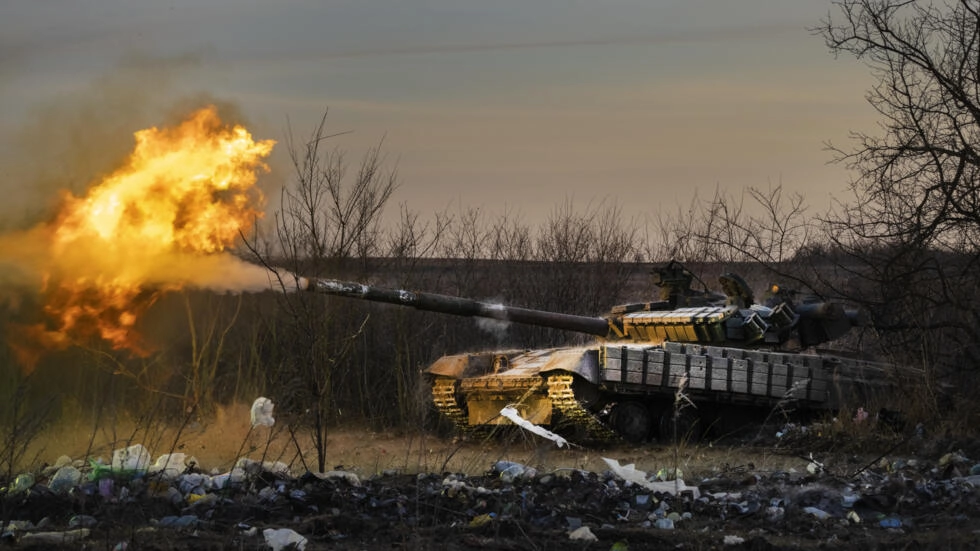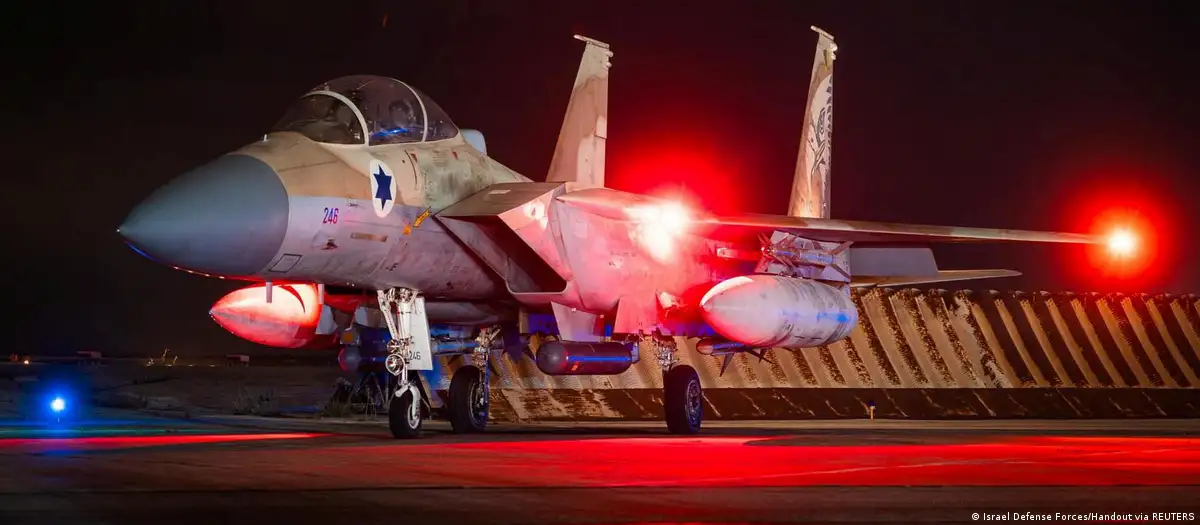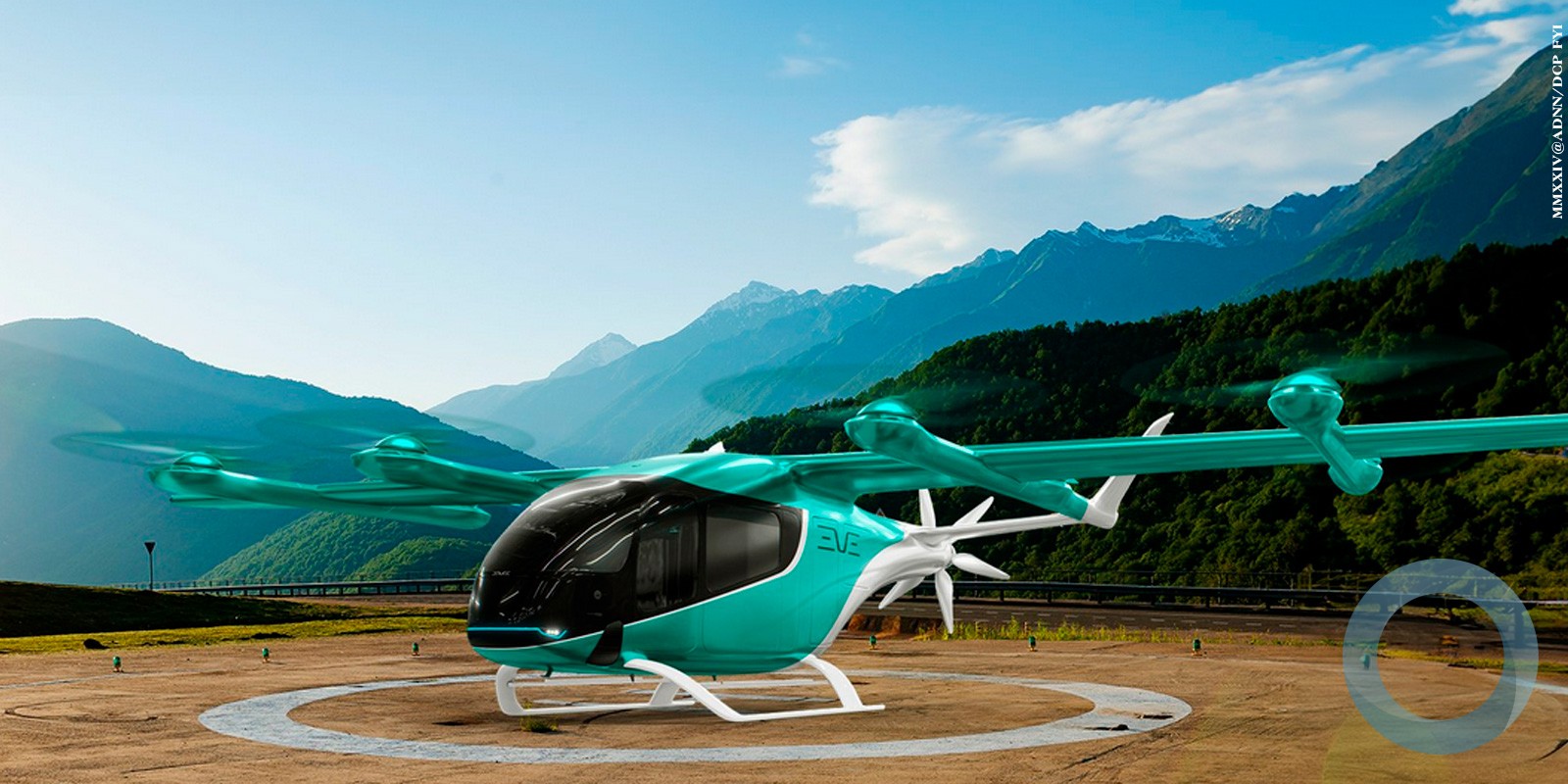Source: Forbes
By Todd Harrison
Earlier this month Navy Secretary Ray Mabus remarked that the F-35 Joint Strike Fighter “should be, and almost certainly will be, the last manned strike fighter aircraft the Department of the Navy will ever buy or fly.” This sparked a lot of discussion both inside and outside the military about the advantages, vulnerabilities, and ethical concerns of armed remotely piloted aircraft. I think Secretary Mabus is likely to be proven correct in his prediction because physics, physiology, and fiscal facts are on his side.
First, the way air-to-air combat is conducted has changed. As my CSBA colleague, Dr. John Stillion, notes in a recently released report, Trends in Air-to-Air Combat: Implications for Future Air Superiority, ”over the past few decades, advances in electronic sensors, communications technology, and guided weapons may have fundamentally transformed the nature of air combat.” He goes on to write that for about the first fifty years of aviation, “pilots relied on the human eye as the primary air-to-air sensor and machine guns and automatic canon as their primary weapons.” But the human eye can only spot an aircraft-sized target up to about 2 nautical miles in range, and aircraft cannon are only effective to less a nautical mile.
The introduction of air-to-air radars and missiles transformed air combat beginning in the 1960s. In his study, Dr. Stillion compiled and analyzed a database of more than 1,450 air-to-air combat engagements around the world from 1965 to the present. What he found is that through the late 1960s and 1970s, short-range air-to-air missiles began to overtake guns as the dominate means for air-to-air kills, not just for the U.S. military but for foreign air forces as well. During in the 1980s and 1990s, missiles that could operate beyond visual range overtook short-range missiles as the primary means for shooting down opposing aircraft. As Stillion notes, this means that the success of fighter pilots is no longer “linked to what they can physically see through the cockpit canopy, but what they glean from cockpit displays.”
In other words, the days of Maverick and Goose in Top Gun having to maneuver behind an enemy MiG are long gone. Air-to-air combat today is more like playing a video game, and engagements occur at distances so great that neither pilot ever sees the other. This has important implications for what fighter jets will look like in the future. Stillion concludes that whereas speed, acceleration, and maneuverability were important in the gun and short-range missile eras, stealth, sensors, long-range weapons, and endurance are increasingly important in the beyond-visual-range era. This raises the question: What is the advantage of having a person sitting in the cockpit looking at computer displays when that person could be sitting on the ground looking at the same information?
This is why Secretary Mabus is likely to be right. Remotely piloted aircraft can match or exceed manned aircraft in many of the performance attributes of increasing importance for modern fighter jets, particularly when it comes to endurance. Manned fighters are limited in how long they can stay in the air not by fuel (since they can be refueled in the air) but by how long the pilot can stay strapped into an ejection seat. Unlike cargo planes and bombers, where the flight crew can get up, go to the bathroom, and even swap crew members mid-flight, fighter pilots can barely even stretch their legs in their tiny cockpits. Remotely piloted aircraft, on the other hand, are not limited by the endurance of the pilot because they change out crew members as often as necessary. And since remotely piloted aircraft can be refueled in the air, unmanned aircraft can stay in the air (and in the fight) until they run out of lubricants or need maintenance.
Another reason I think the Navy’s next fighter jet is likely to be unmanned is that remotely piloted aircraft cost less over the long run. To be clear, the aircraft themselves do not necessarily cost less, and in some cases they may actually cost more per plane to build and more per flying hour to operate than the equivalent manned aircraft. The savings come from not having to fly them as often for training missions. Fighter pilots need to be in the air to stay at peak readiness because flying a fighter jet, as Stillion has noted in another report, is like “simultaneously playing the piccolo, driving a formula-one race car, and bench pressing 200 pounds.” Remotely piloted aircraft, in contrast, don’t need to be in the air to maintain pilot skills–simulator training is a realistic substitute for actual operations.
To put it in perspective, the marginal cost of flying an F-15E fighter jet is about $22,000 per hour, and the Air Force typically budgets around13 hours per crew per month–or over $3 million per crew per year. It needs this much funding just to keep fighter crews current. Actual operations, like bombing ISIS fighters in Iraq and Syria, cost extra.
Because unmanned aircraft don’t actually need to fly for training, the military doesn’t need to buy extra aircraft just for training purposes, as they do with manned aircraft. This reduces the total procurement cost of the fleet, and fewer maintenance personnel are needed to maintain a smaller fleet of aircraft. I ran the numbers for a manned and unmanned surveillance aircraft in a 2011 paper, and the total lifecycle cost for the unmanned aircraft was half that of the manned version (all other factors being equal).
A final concern some may have is the ethical problem of using armed unmanned aircraft. While I am not an ethicist, I would point out that this dilemma is not new. We have had armed, fully-automated aircraft (some without any remote control capability) as weapons for decades. We call them cruise missiles, and some of them even carry nuclear warheads. They are capable of flying hundreds of miles over several hours, and some of them can hit multiple targets each. An armed remotely piloted aircraft is really just a reusable cruise missile with a human at the controls, albeit remotely. Moreover, we are not the only nation with these capabilities.
If saving money and improving operational capabilities is important to the Navy, I think they will likely follow Secretary Mabus’ lead as they begin work on their “sixth-generation” fighter program, especially given the direction air-to-air combat is heading. And if all of the above is not enough to truly frighten young fighter pilots in training, consider the following conclusion from Dr. Stillion’s report: “It is possible that the desired attributes of future air-to-air platforms may be converging with those of long-range ISR [Intelligence, Surveillance, and Reconnaissance] / strike platforms…If this is true, then a sixth-generation ‘fighter’ may have a planform that is similar to a future ‘bomber’ and may even be a modified version of a bomber airframe or the same aircraft with its payload optimized for the air-to-air mission.” In other words, the next fighter jet may actually be an unmanned bomber.












